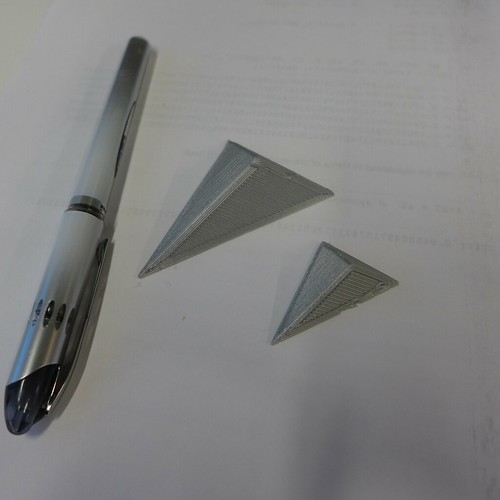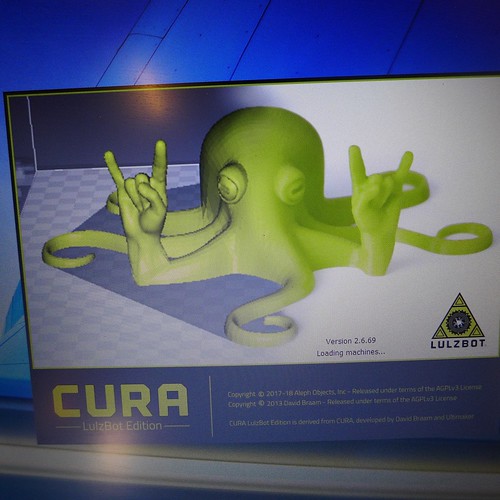Remember "people movers"?
These were a staple at World's Fair type expos, wherein the public would be treated to preview what could be the norm but a decade hence. The five and ten year horizons were conventionally bright, in those days, before science fiction got darker and more "blade runny".
The "cars" typically ran on tracks, like at theme parks, but were small and intimate enough for single parties or a family traveling together, the same anthro units as with private vehicles. Some units were wheel chair accessible, at least on the drawing boards.
However the reality was miles of asphalt and precious few train tracks to switch. Everything family carriage like was parked in a garage and fed gas from a family budget. How would we get to People Movers from there?
Answer: make each car semi-autonomous enough to navigate its own way through the system, distributing the problem to its many nodes. No central "brain" had to prevent collisions. It's every car for itself but not without cooperative features.
What's needed are not phony farms where the cars get trained, after which they're injected into Las Vegas as taxis. The better deal would be an experimental prototype community where people agreed to live, as prototypers. None of the cars have drivers. There is more of a central brain.
You might think I'm talking about building from scratch, and I am, to an extent, but then I'm thinking of the movie industry and its "sets". We're not building "forever cities" so much as stocking "prop inventory" with more intelligent components we might use to "throw together" a city "overnight" as they say, or at least quickly.
Yes, we'll build New Rome in a day, as a publicity stunt.
Consider Old Man River City for example. We could have done some cartoons there at least, sparking young imaginations. But we're afraid to screen positive futurism lest the whip fall across our backs, as management reminds us that "rising expectations" is a "national security threat" (no kidding).
The engineers in China have been showing off their ability to do cities from scratch. What would it take to retrofit a few of these as Prototyping Zones?
We're not running every experiment everywhere, and the participants are not kept clueless. Interesting TV comes out of these places.
You're paid to live there, not out of pity for the poor or anything, but because prototyping is real work / study. There's risk.
So am I just talking about Global U campus development per business as usual then?
Yes and no.
I'm reminding readers that conscious planning is required for these cities, and lots of training, meaning jobs.
Saying the money has just now run out on building cities after some 20K years and more is not going to make sense, so if there's a good reason for not moving forward with prototyping, make sure it's not that. We see they've been trying some stuff in various cities already.





